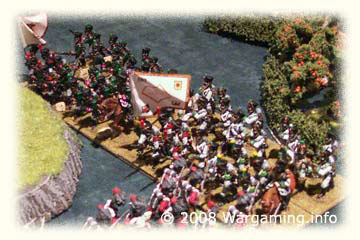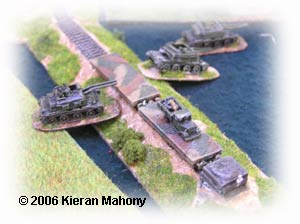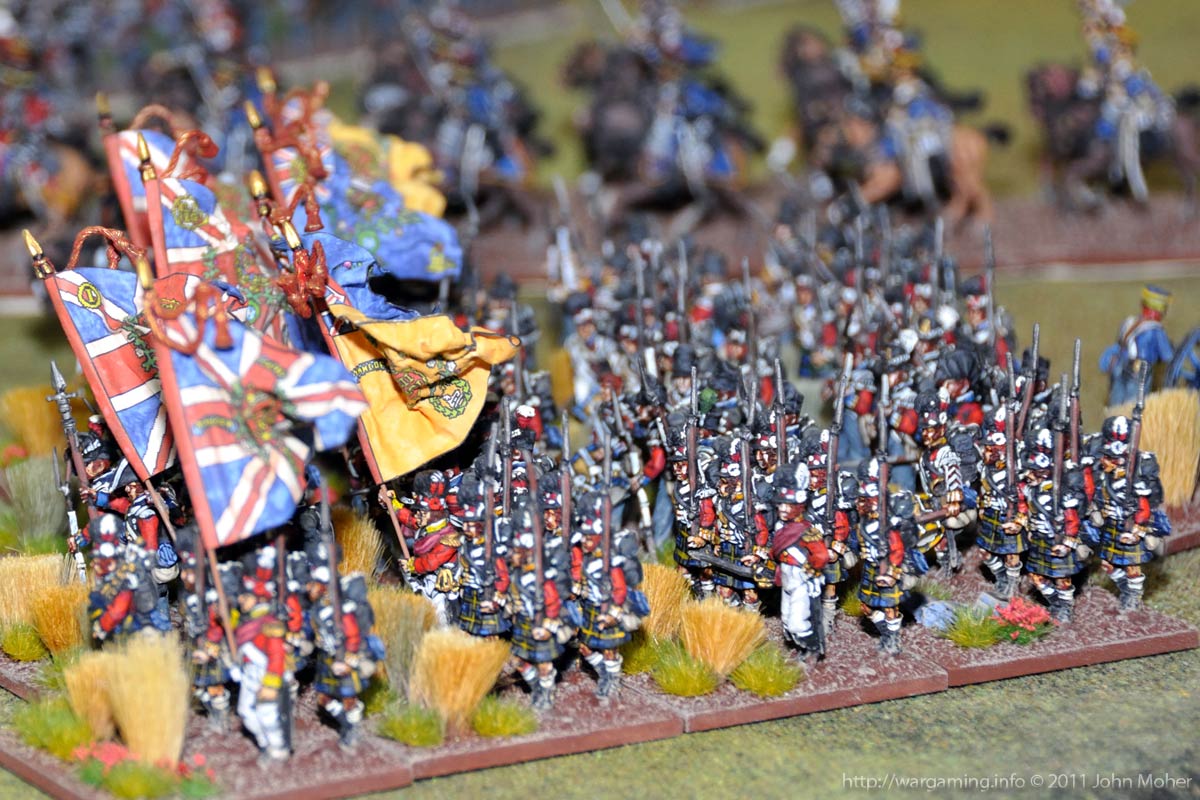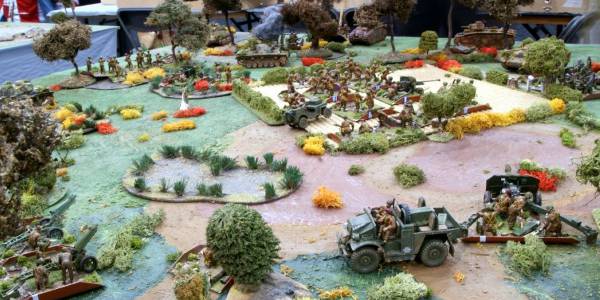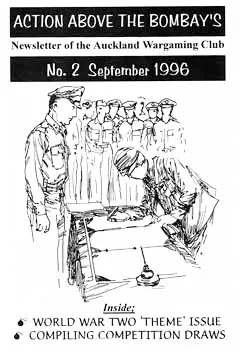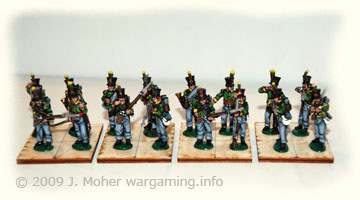
For a long time I had been musing over what to do about Napoleonics. However now I am back into Napoleonics full time in 28mm, re-enthused by the release of SHAKO II and possibly also LaSalle. I’ll be documenting here the assembly of my forces for Quatre Bras, along with gaming notes and more. Eventually I’ll be hoping to expand my forces to cover a portion of the Waterloo battlefield – Megalomania? What’s that!
It was my intent to include a SHAKO Order of Battle for the forces of both sides – but the new rulebook includes such an OOB in it! However I probably will be doing an expanded OOB at a later date to allow for the expansion of the battle beyond the critical stages as covered in the SHAKO II Scenario – allowing it to be played in a mini-campaign format, and to do ‘what ifs’ covering the possibility that Ney acted sooner and more vigorously…
